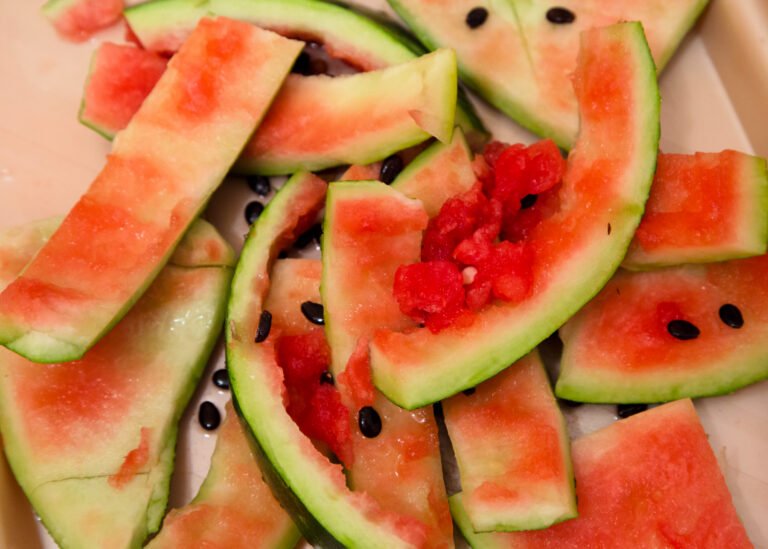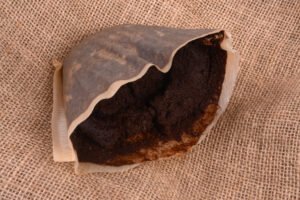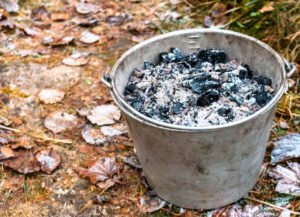Watermelon is the tastiest and most refreshing fruit in the summer. And since it’s widely consumed, a lot of watermelon rinds go to waste. So, is there any way you can reuse them in your garden? Can you compost watermelon rinds or make fertilizers? Let’s find out.
Key Takeaways
- Watermelon rinds are compostable because they are rich in Nitrogen, Phosphorus, and fiber and hence, enrich the soil.
- They can be composted effectively through Hot composting and Vermicomposting, which you can learn in detail below!
- The water content in the rinds helps keep the compost bin moist. A few more benefits and tips are discussed here, so continue reading!
How to Compost Watermelon Rinds?
Watermelon rinds are rich in nitrogen and water, making them a great source of green matter for your compost bin. They can be composted easily through regular composting, hot composting, and vermicomposting.
If you wish to add the rinds to your regular compost pile, you just need to cut them into small pieces and toss them into the bin.
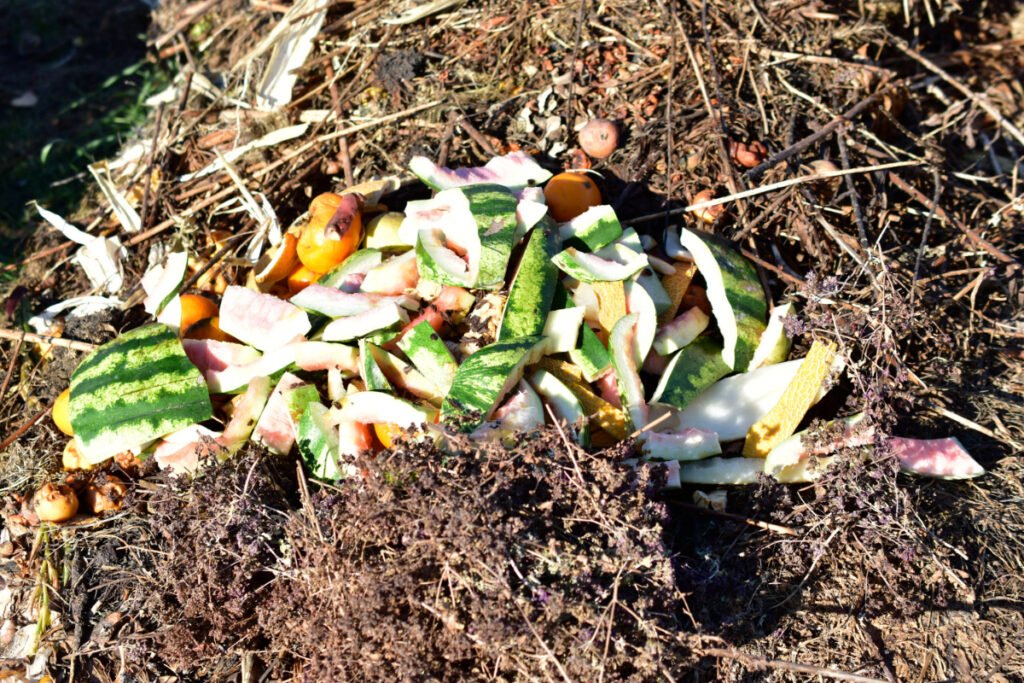
However, if you want to set up a new compost bin, follow the given steps:
Step 1. Prepare the Compost Bed
Prepare a bed of brown materials at the bottom of your bin using dried leaves, shredded cardboard, paper towels, dried twigs, and small wood chunks.
Brown materials are carbon sources that help prevent bad odor in your compost pile and keep it aerated.
Step 2. Chop the Watermelon Rind
The best way to compost watermelon rinds is to chop them into small chunks before adding them to the compost bin.
Watermelon rinds occupy more space in your compost bin. It won’t leave space for adding other materials if added as a whole.
Step 3. Add Green Materials
Now, mix the rind pieces with other food scraps and make a layer of green materials over the brown ones.
The Nitrogen-rich green matter provides a suitable environment for microorganisms to thrive.
Step 4. Repeat the Layers
Keep alternating the green and brown layers until you are sorted with all the waste materials. Then seal the compost heap with a firm layer of soil and cover it with a lid.
Step 5. Maintain your Compost
Keep a watch on your compost pile to regulate temperature and moisture. When new materials are added, mix them thoroughly. If there’s excess moisture, add more browns.
With proper maintenance, the final compost will be ready in around 1-2 months.
Composting Watermelon Rinds via Vermicomposting
You can compost watermelon rinds effectively through vermicomposting as red wigglers love to eat rinds.
Worms require a moist environment to reproduce and continue their life cycle, and melon rinds contain water and keep the bin moist. Therefore, melon rinds would be a great addition to your worm farm.
If you already have a worm bin, toss a few finely chopped watermelon rinds into your bin without further ado.

Nevertheless, if you are new to vermicomposting, here are the quick steps to help you set up your worm bin.
Step 1. Get a Worm Bin
Buy a worm bin or DIY it with a plastic container by drilling holes for aeration and drainage. Cover it with wire mesh to prevent the worms from moving out and place it in a dark spot.
Step 2. Prepare the Bedding
Make an 8-inch layer of bedding of shredded paper, cardboard, or egg carton at the bottom of your worm bin.
Then dampen the bedding and add some soil to provide grit for the composting worms.
Step 3. Add Watermelon Rinds with Other Food Waste
Now chop the watermelon rinds and mix them with other kitchen scraps you want to compost, such as eggshells, coffee grounds, fruits, vegetable peels, etc.
Then add a thick layer of this green material to the worm bin and leave this stock to decompose.
Avoid tossing meat and fish scraps, dairy, oils, or the poop of your pets into your worm bin.
Step 4. Add Worms
Add the red wigglers to your worm bin after a few days and see them enjoying the food within no time.
Since worms like to dwell in dark places, make sure to cover your worm bin with wet straw, cardboard, or gunny bags.
Step 5. Maintain Your Bin
Turn your worm bin once every 15-20 days for aeration. Also, monitor the worms and check the moisture content. You can add more rinds and other food waste every week.
Step 6. Harvest the Worm Casting
To harvest worm castings, scoop out the compost from the corner of your worm bin and dry it under the sun for a few hours.
Toss the green matter in a corner of the bin to harvest vermicast easily. The worms get attracted to the rinds and start moving toward them. This way, you can easily collect the compost from another corner without disturbing the worms.
Benefits of Composting Watermelon Rinds
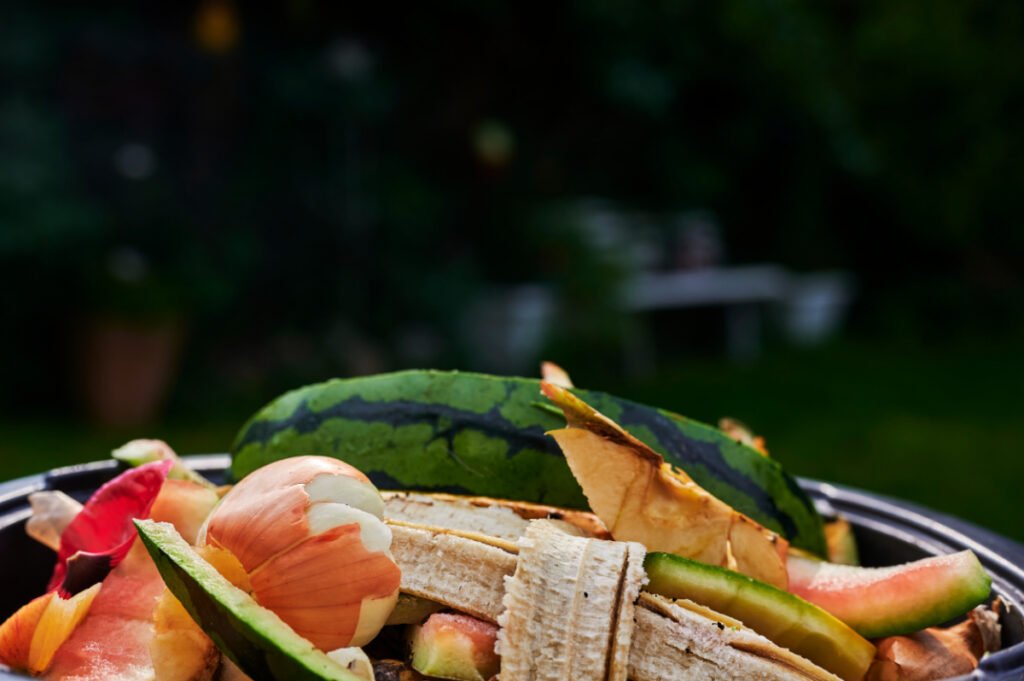
If you still have second thoughts about composting the green skin of watermelon, here are the benefits you should know.
- Watermelon rind acts as a healthy green material in your compost bin and aids in the process of decomposition.
- Watermelon rind contains nitrogen, minerals, and water and is an excellent soil additive.
- It reduces waste in landfills and helps to reduce the carbon footprint.
- It is a cheap source of organic fertilizer and reduces the use of costly fertilizers.
Additional Tips for Composting Watermelon Rinds
Composting watermelon is easy but requires some crucial measures, which are given below!
- Do not put the watermelon rinds on the top of your compost pile. Instead, make sure to bury them inside to distribute the moisture evenly.
- Chop the rinds into smaller pieces to accelerate the decomposition.
- You can also use peeled watermelon rind for composting.
- Avoid composting too many rinds at once, as it will make your compost pile compact and musty.
- Add adequate amounts of brown material to your compost pile because the rinds have excess water.
- Maintain aeration in your compost pile by turning it at regular intervals.
How to Make Fertilizer from Watermelon Rind
Watermelon rind is rich in nutrients and can be used as a natural liquid fertilizer for your plants. Here are the steps you need to follow to make watermelon rind fertilizer.
- Cut the watermelon rinds into fine chunks.
- Soak them in the water in a bucket or container.
- Add jaggery powder to the mixture and stir it well.
- Cover the bucket with a lid and leave the mixture for fermentation.
- Within three days, the rinds will be fermented. The white foam in the bucket indicates that fermentation is done.
- Strain the liquid, dilute it with two liters of water, and apply it to leafy greens and flowers.
After extracting the liquid fertilizer, you can toss the leftover watermelon rinds into the compost bin.
Other Ways to Use Watermelon Rinds at Home
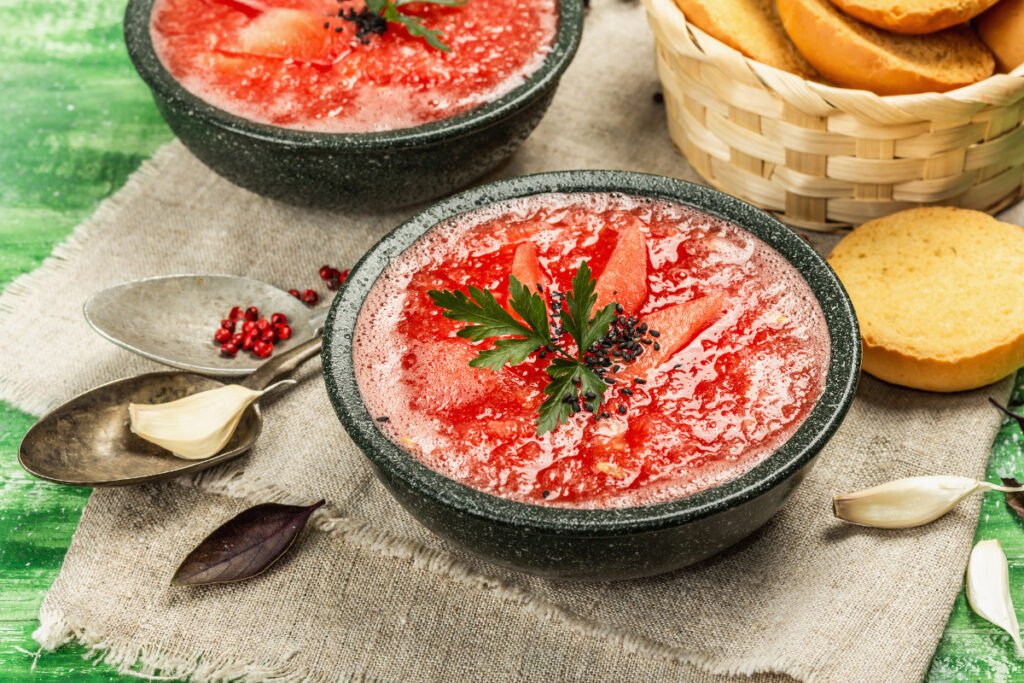
Now, you know watermelon rinds make a nutritious composting ingredient. But, do you know they have other uses too?
Besides being used in the garden, this nutritious, high-fiber ingredient can also be used in your kitchen to make healthy, delectable dishes that satisfy your savory cravings.
Let’s see the different dishes you can make from watermelon rinds.
- Make Watermelon Rind Pickle
- Make Rind Chutney
- Prepare Watermelon Rind Gazpacho
- Making Rind Jam
How long does watermelon rind take to decompose?
Watermelon rind generally takes up to 1-2 months to decompose fully and gives nutrient-rich brown humus. Cut the rinds into smaller pieces for better results, as the large rind will take longer to break down.
Are watermelon rinds good for plants?
Watermelon rinds are great for plants as they add organic matter to the soil. In addition, the rinds contain vital nutrients like Nitrogen, Magnesium, phosphorus, and fiber and boost the nutrient uptake in plants.
Can you put melon seeds in compost?
You can use watermelon seeds for composting. Dry the seeds under the sun or roast them in an oven to avoid germination in your compost pile. You may also crush them before adding them to the bin.
Can you put a watermelon in the worm farm?
Worms love to eat watermelon as it is high in sugar and filled with water. However, beware of tossing them in limited quantities as the excess water content could make the compost moldy and attract pests.
Composting is an eco-friendly method and adds essential nutrients to your plants. So this summer, whenever you have savored the chilled watermelon, do not forget to toss the rinds into the compost or worm bin.
And after learning about composting seasonal fruit, if you want to learn whether you can compost banana peels, we have covered it all!
Happy Composting!
